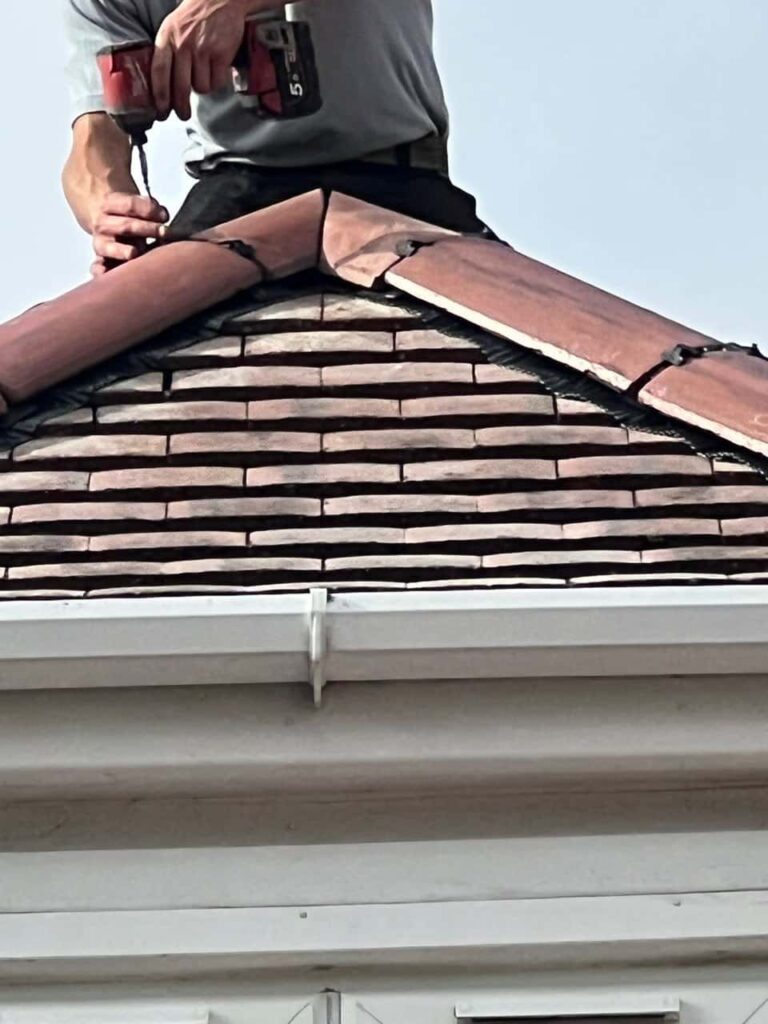Introduction
Your roof works hard—shielding your home from rain, wind, frost, and heat year after year. But no roof lasts forever. Over time, wear and tear builds up, leading to issues that may go unnoticed until serious damage occurs. The question is: how do you know when repairs just won’t cut it, and it’s time to consider a full replacement?
At Glenfield Roofing Repairs, we’ve supported countless homeowners in Glenfield and across Leicestershire in making smart, well-timed roofing decisions. In this article, we explore the warning signs that your roof may be on its last legs—and why replacing sooner rather than later could save you stress and money.
Key Takeaways
- Persistent leaks and internal damp are major warning signs
- Age, visible damage, and sagging can indicate deeper issues
- A failing roof can impact energy efficiency and comfort
- Addressing problems early helps prevent costly structural repairs
1. Your Roof Is Over 20 Years Old
While some roofing materials can last longer, most domestic roofs start showing signs of deterioration after two decades. If your roof hasn’t been replaced or substantially repaired in 20–30 years, it may be nearing the end of its effective life. Older roofs are more prone to:
- Weathering and erosion
- Cracks in tiles or mortar
- Deteriorating waterproof layers
A professional inspection can help determine whether replacement is the best option moving forward.
2. Ongoing Leaks or Damp Patches
A one-off leak might be repairable. But repeated leaks, damp marks on ceilings or walls, and mouldy smells inside your home often suggest underlying roof failure. Watch for:
- Brown or yellow stains on plaster
- Water pooling in the loft
- Dripping during rainstorms
These issues point to structural weakness or poor sealing—problems that a simple patch job won’t solve long-term.
3. Visible Damage to Tiles or Flashing
Even from the ground, you may notice signs that your roof is suffering:
- Cracked or missing tiles
- Loose ridge tiles or mortar gaps
- Damaged flashing around chimneys or vents
If many sections are failing or previous repairs are failing to hold, it may be more cost-effective to replace rather than constantly patch.
4. Roof Sagging or Unevenness
A sagging roof isn’t just cosmetic—it often means serious structural failure. Rotting rafters, compromised supports, or long-term water damage can all result in dips or uneven lines. If you notice:
- A wavy or buckled roofline
- Dips between roof ridges or valleys
- Uneven weight distribution
…it’s time to speak to a professional, as these issues can worsen rapidly.
5. Reduced Energy Efficiency
Is your home colder in winter and hotter in summer despite good insulation? Your roof could be to blame. A failing roof lets heat escape and drafts creep in, driving up energy bills and reducing indoor comfort. Signs include:
- High heating costs
- Cold loft spaces
- Damp insulation
Upgrading your roof can significantly improve thermal performance and save on energy in the long run.
Conclusion
Knowing when your roof needs replacing is about more than spotting a few missing tiles—it’s about understanding the broader picture of wear, weathering, and structural safety. Ignoring the signs can lead to costly internal damage, heat loss, and future frustration.
At Glenfield Roofing Repairs, we offer honest, thorough inspections and expert advice on whether repair or replacement is best for your roof. If you’re noticing any of the issues above, get in touch today to protect your property and plan confidently for the future.
Call us on: 0116 502 2198
Click here to find out more about Glenfield Roofing Repairs
Click here to complete our contact form and see how we can help with your roofing needs.

